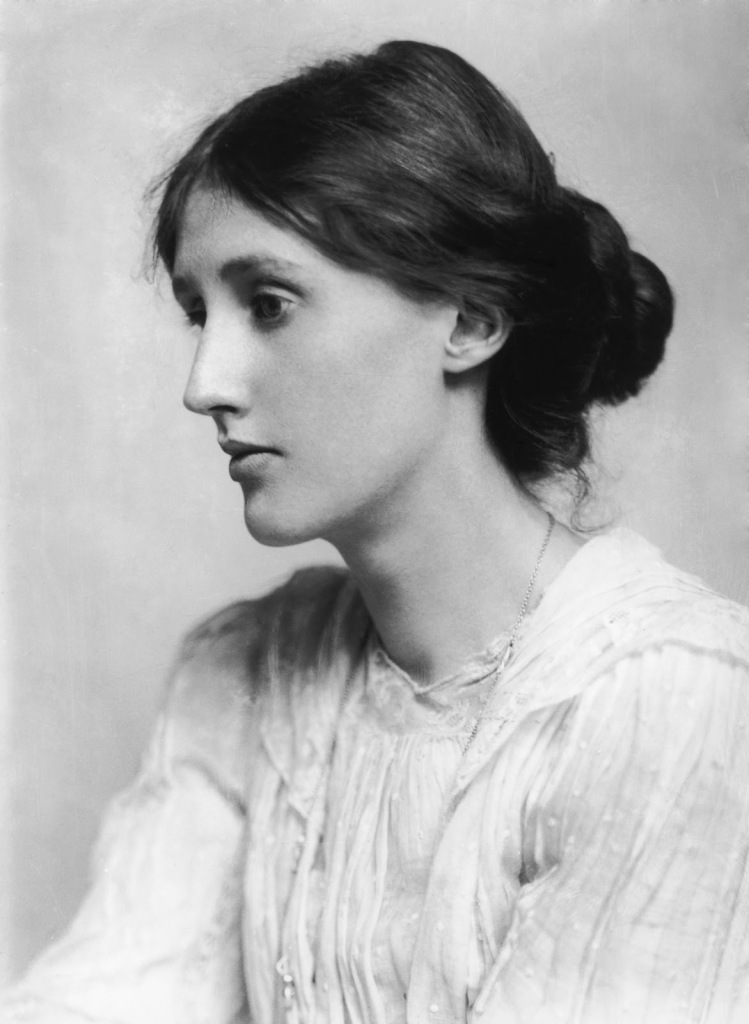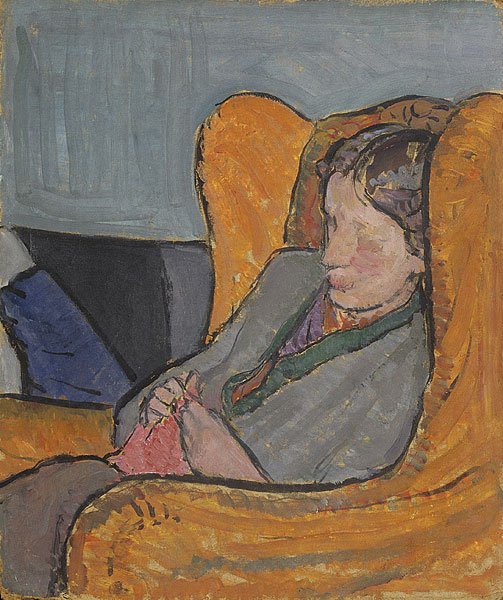Virginia Woolf: Art, Life and Vision
National Portrait Gallery, London
10th July – 26th October 2014
I have not read all of Virginia Woolf’s books, but what I have read has made me love her writing and made me curious about her life. This beautiful exhibition composed of photographs, letters, paintings, and of course books, gives a glimpse into the enigmatic author, whose story is sometimes overshadowed by her illness and suicide.
The most famous female writer of the 20th century, Woolf wrote with a profound sense of personality. Her novels crossed boundaries and shaped the face of modern literature. One illusion of mine that this exhibition quickly shattered was that she was an aloof and lonely person. On the contrary she was a social creature, constantly surrounded by influential and erudite people. She wrote ‘I must be private, secret, as anonymous as possible in order to write’. But human internaction and relationships clearly inspired a lot of her writing.
The first image to catch my eye was a photograph of Woolf, age 20, taken by George Charles Beresford. I have seen reproductions of this image many times before, but never really studied it closely. Virginia appears as she does in most photographs; a fragile and uniquely beautiful woman with a sensitive profile, her large eyes hinting at something beneath the serene façade.
Born into an intellectual middle-class family, her father Sir Lesley Stephen, historian, writer and critic, and a friend to many famous Victorian authors and artists. Her mother was Julia Princep Duckworth, a Pre-Raphaelite model and muse. Her childhood was a cultured one. Surrounded by her parent’s literary circle, Virginia’s artistic nature was encouraged and nurtured. Her mother died when she was 13 and she suffered a breakdown, the first of many that were to burden her life. The death of her father in 1904 once again broke her delicate mental health. It was this year that she moved to Bloomsbury, where she helped form a new cultural society. The Bloomsbury Group, as it came to be known, became an important part of Virginia’s recuperation. It included writers, philosophers and artists. Her sister Vanessa Bell was also a member, and painted a portrait of Virginia at this time (c.1911-12). It shows Woolf slumped in an armchair, an air of introvert surrounding her as she looks down at her hands. Virginia believed that ‘painting and writing have so much to tell each other’, indicating at the collaborative mood of the Bloomsbury dynamic. In 1912 fellow Bloomsbury member and writer Leonard Woolf asked Virginia to marry him. The letters on display from this time show that Leonard was besotted with her. It must have been a happy time for Virginia, she was being courted, she was a part of an influential group and her works from this time were catching the attention of the likes of Henry James. In 1915 her first novel ‘The Voyage Out’ was published after about four years of drafts.
One year into her marriage Virginia fell ill, and the Woolfs moved out of the city to Richmond. Leonard set up the Hogarth printing press, hoping that typesetting would aid Virginia’s recovery. Together they took on projects which larger more commercial presses didn’t want. They were given first chapters of James Joyce’s Ulysses but passed on the offer of printing it as it would take around 3-4 years to complete. Virginia read the chapters and was greatly impressed by Joyce’s avant-garde style of writing, admiring his ability to convey the conscious and subconscious. The couple returned to Bloomsbury after an improvement in Virginia’s health. She loved London; the history and modernity of the city, the bustle of the streets and the underground. Novels like Mrs Dalloway (1925) shows her obsession with people and her astute observations on society. Her incessant diary writing has provided a valuable narrative to her life, she lived through Blitz bombings, the premature death of family members, a tumultuous intimate relationship with Vita Sackville-West. The affair didn’t end well, and threatened her unstable health once again. In a 1929 entry of her diary she asked ‘Now is life very solid, or very shifting? I am haunted by the two contradictions. This has gone on forever; will last forever – goes down to the bottom of the world – this moment I stand on’. It is clear that she suffered from depression, what would now be diagnosed as bipolar. Her ‘episodes’ caused her sleeplessness, headaches, temperamental moods and loss of appetite. Leonard reported extreme mental distress, which he spent his life trying to alleviate. The disorder was not understood at the time, and so her husband and friends were left to help Virginia as best they could.
On March 28th 1941 Virginia went to the river Ouse near her home, left her walking stick on the bank and walked into the water with stones in the pockets of her overcoat. She left a letter to Leonard that reads ‘Dearest, I feel certain that I am going mad again… And I shan’t recover this time… So I am doing what seems the best thing to do. You have given me the greatest possible happiness. You have been in every way all that anyone could be.. I can’t fight any longer. I know that I am spoiling your life, that without me you could work. And you will I know. You see I can’t even write this properly. I can’t read. What I want to say is I owe all the happiness of my life to you. You have been entirely patient with me and incredibly good… If anybody could have saved me it would have been you. Everything has gone from me but the certainty of your goodness. I can’t go on spoiling your life any longer… V’. This incredibly moving letter and her deserted walking stick closes the exhibition. The few rooms of archival material and artworks give a striking impression of Virginia’s mental suffering, but also the creativity and pioneering spirit of Woolf’s genius. Yes she suffered immensely, but I think it is fair to say that she would not have created what she did had she not been plagued as she was. Irrespective of her illness her works have proved timeless and iconic. She famously said that ‘thinking is my fighting’, and with that in mind she put up one hell of a fight.


